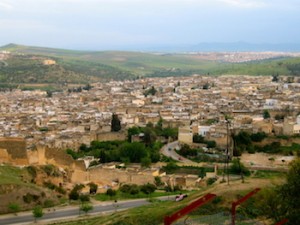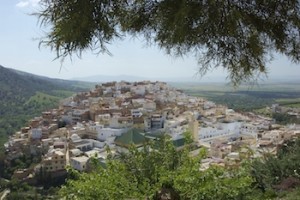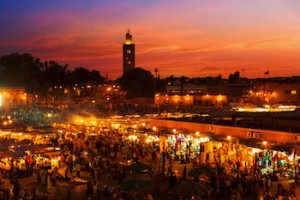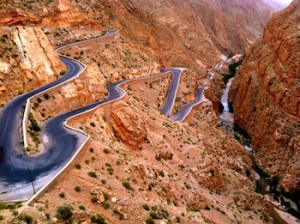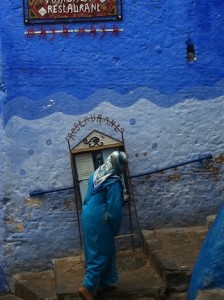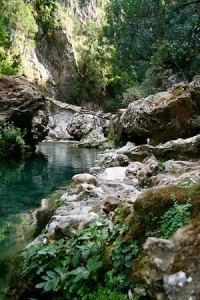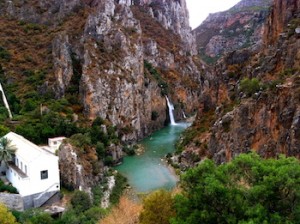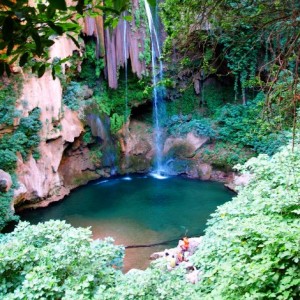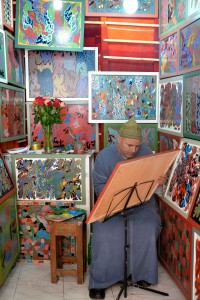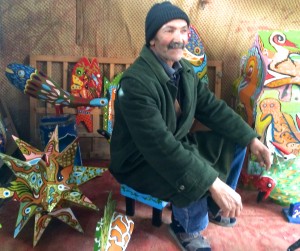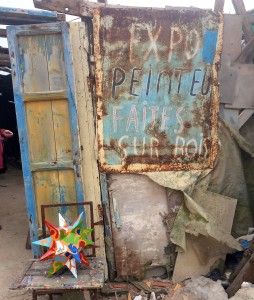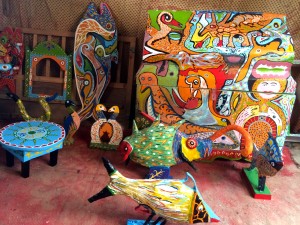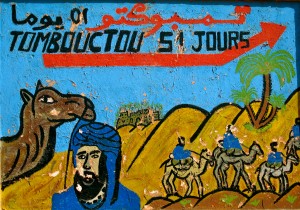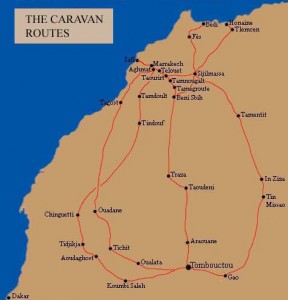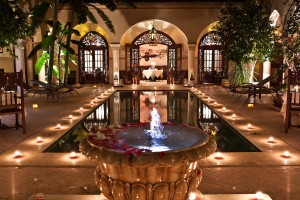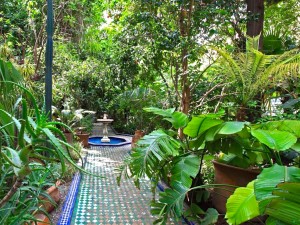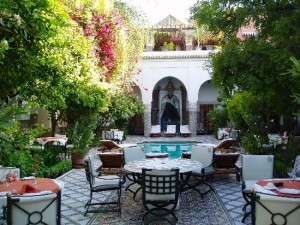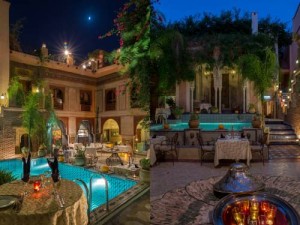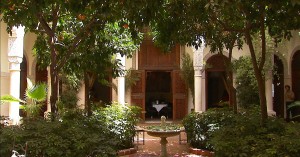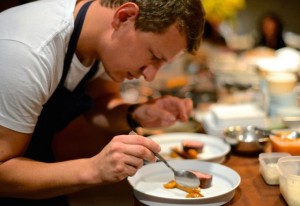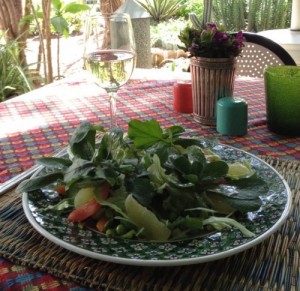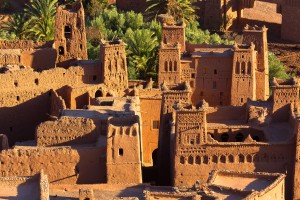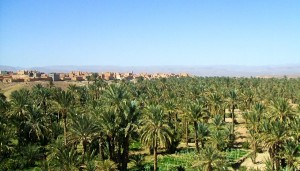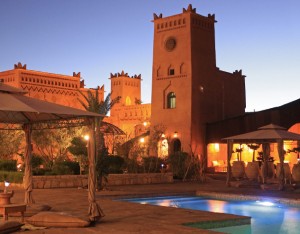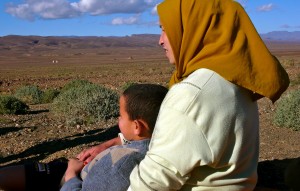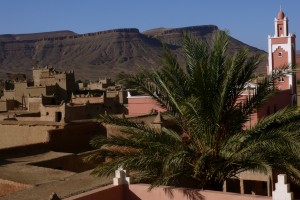Morocco is such a photogenic country. The Best Times to Travel to Morocco and discover the 6 Best Views is spring and fall. The bright, Mediterranean sunshine makes for a special light, whether you are photographing deserts, mountains, cities, dunes or coastal scenery. The colors of the natural elements, the architecture and the handicrafts such as carpets, highly polished teapots, hand-stitched and embroidered leather babouches slippers or flowing caftans make for great subjects, as do the people and animals of Morocco. It’s best to always ask before taking someone’s picture and don’t be offended if they refuse given many Moroccans are modest and private. Morocco also has several stunning vistas which you will want to snap during your trip. Here is a lowdown of where to go to capture the six best views of Morocco.
Fes
The ancient capital of Fes is such a dense, labyrinthine city that when you are in it, it is hard to imagine getting an overview of the place. To get the best view, it is necessary to climb above the hustle and bustle of street level, to get away from the jostle of the souk and rise above the walls. The best place to do this is actually outside the medina (old city) at Les Merinides Hotel. Situated on a hill overlooking the medina, this five-star hotel has three restaurants (La Kouba du Ciel on the top floor; L’Impérial French restaurant and La Terrasse de Fès at the poolside), all of which offer panoramic views of Old Fes.
Moulay Idriss
The main draw of this most holy of Moroccan cities is the mausoleum of Idriss I, the founder of the Kingdom of Morocco and credited with the introduction of Islam to this north western corner of Africa. The mausoleum occupies a large footprint in the medina, but is not accessible to non-Muslims. However, it is still worthwhile stopping at Moulay Idriss and hiking up to the highest point in the medina to look down on the huge mausoleum complex with its mosaic patios and glazed green roofs. From here, it is also possible to see the full extent of the ruins of the Roman city at Volubilis, just a few miles away.
Marrakech
The most special moment in Marrakech occurs just before dusk. Pick your spot on a roof terrace in one of the many cafes which surround Place Jmaa el Fna and watch the magic unfold. As the sun begins to set, the hawkers and street food vendors roll their mobile stalls onto the square to set up for the night. As the call to the sunset prayer sounds from the Koutoubia mosque’s minaret, the electric bulbs of the food stalls illuminate one by one, until the natural light has gone and the square is lit by hundreds of twinkling lights. Get to your chosen cafe early to secure a front-row seat and snap the sun setting behind the Koutoubia.
Essaouira
The classic picture of Essaouira, which you will find on postcards all over town, is shot through a round window in the fortifications (skala) of the port. Entrance is 10DH and as well as great views looking back to the white-washed medina, you will get an aerial view of the functioning port and the canons lining the crenulations, as well seeing swooping seagulls and the islands out in the bay. For the best sunset views, head to the medina skala, or one of the many bars and restaurants along the beachfront, and wait for the sun to sink into the Atlantic.
Dades Gorge
The best views of the stunning Dades Gorge are from the Auberge Chez Pierre, in the gorge itself. The ochre and red landscapes are an essential sight on your route to Zagora. Even if a night at Chez Pierre isn’t on your itinerary, it is worth stopping for lunch or a drink on their terrace. The hotel is built in the traditional local style amid terraces of fruit trees, offering fantastic views of the surrounding gorge.
Erg Chebbi Dunes
It is not always easy to get an accurate impression of the sheer size and majesty of the magnificent Erg Chebbi sand dunes. However, the Yasmina Hotel offers unbeatable views due to its sheer remoteness. It is located right on the edge of the dune complex and the slightly longer drive from all sense of civilization is worth it for the absolute peace and calm that gives visitors a true feeling of the vastness Great Sahara. The best views of the dunes are at sunrise and sunset. For this reason, you may not choose to sleep at Yasmina – many guests use it as a stopping point before heading into the dunes on camel-back for a night under the stars in tents.
This list is offers edited and subjective highlights of our favorite views. On your Morocco trip you will certainly experience many others, take many photos and create special memories for the years ahead.
Written by Lynn Sheppard
Lynn Sheppard has lived in Essaouira, on Morocco’s Atlantic Coast for more than 2 years, supporting local non-profits, writing and becoming an expert on all things Swiri (ie. Essaouiran). She blogs at Maroc-phile.com and for other travel industry clients.
For more information about the Best 6 Views and our Splendors of Morocco Tour
Morocco’s Imperial Cities, Seaside Resorts,Sahara Desert,Berber villages, A Taste of Morocco, Magical Kasbahs, Ruins & Waterfalls, Absolute Morocco, The Best of Marrakech, Fes, and Ouarzazate







